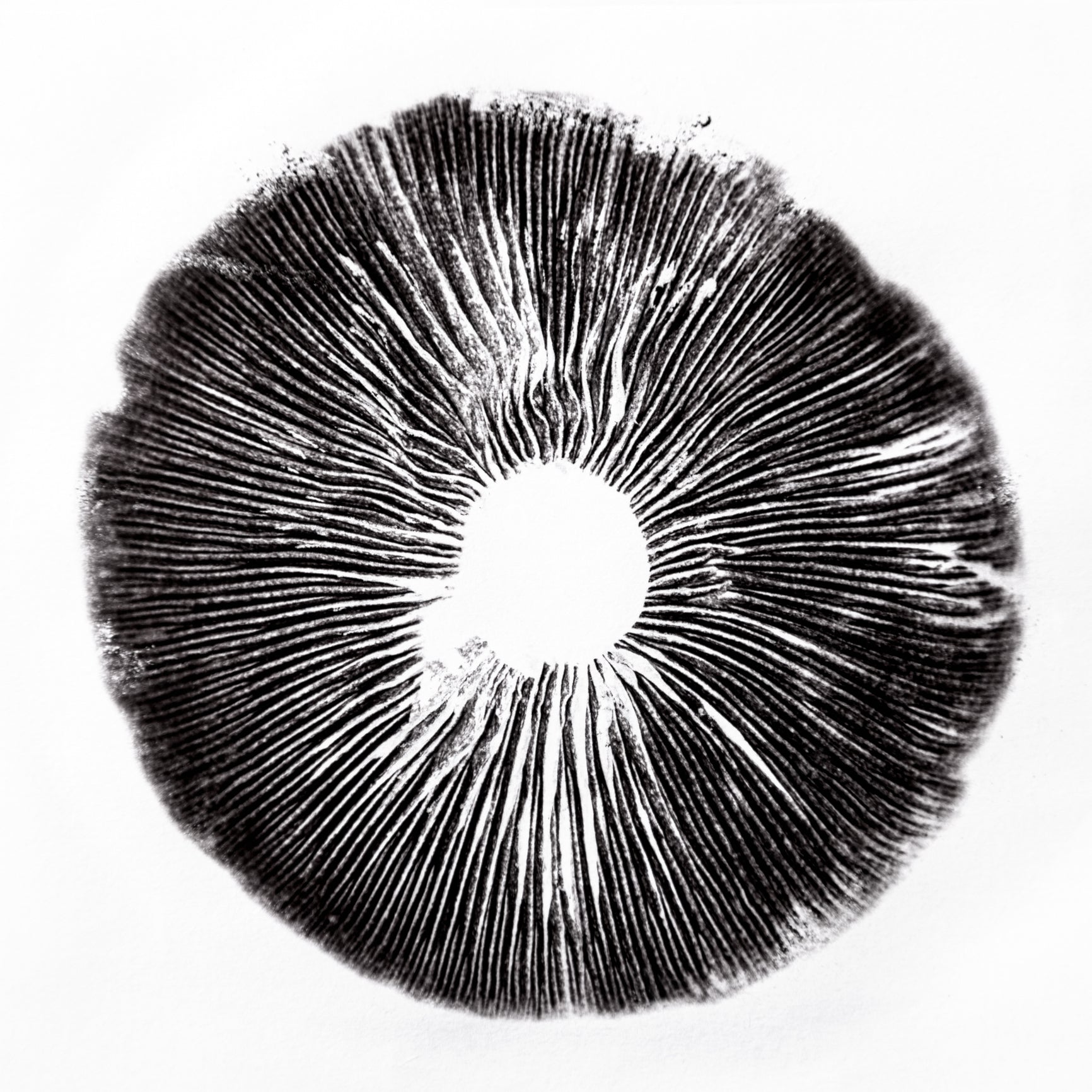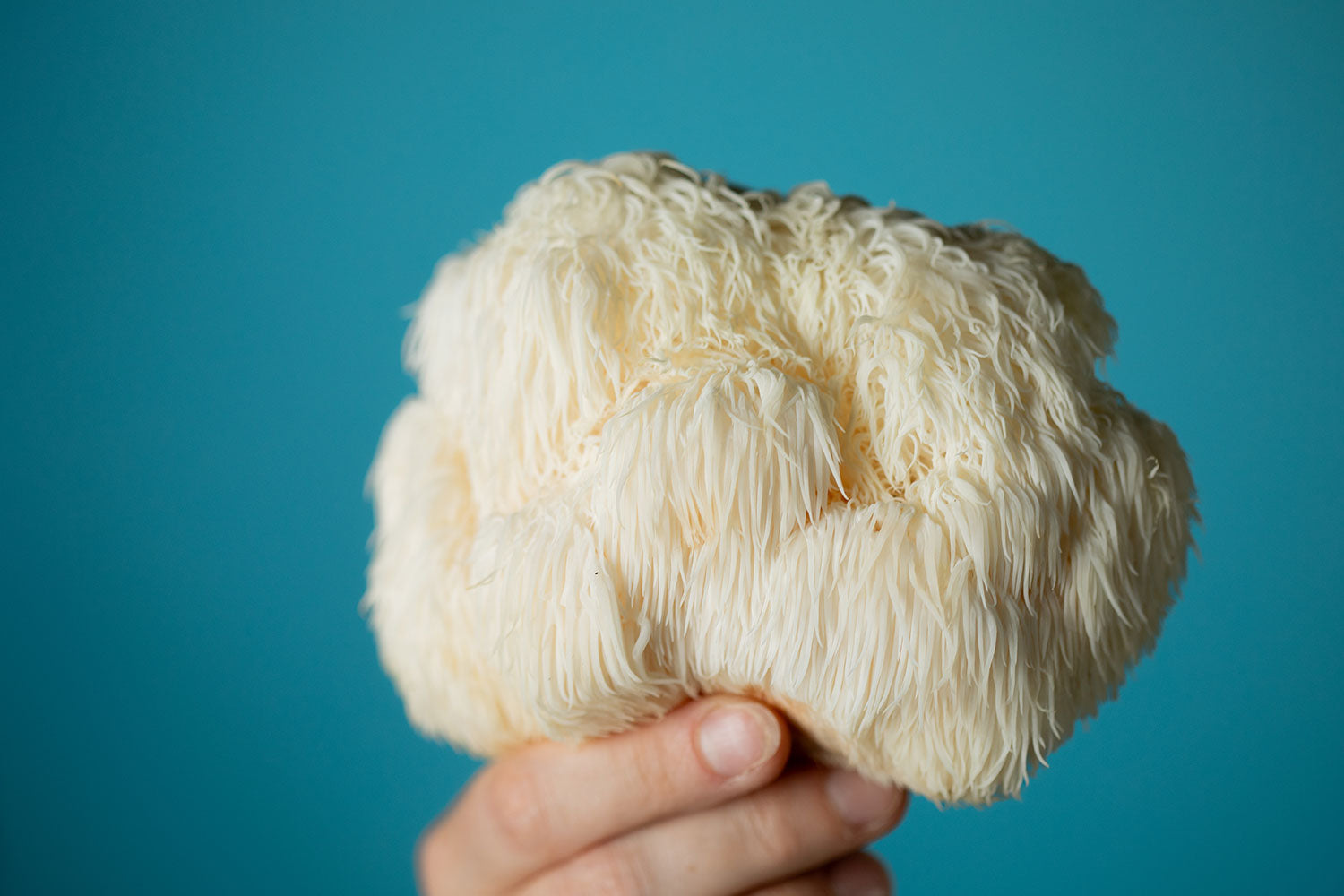
What Is Mushroom Cloning? A Beginner’s Guide to Getting Started
7 minute read

Mushroom cloning is an intriguing process that allows enthusiasts and cultivators to replicate their favorite mushroom species, ensuring a consistent and reliable yield. This guide aims to provide a comprehensive overview of mushroom cloning, from the necessary equipment to advanced techniques, making it accessible for beginners eager to explore this fascinating aspect of mycology.
Step-by-Step: How to Clone Mushrooms at Home with Simple Tools
Cloning mushrooms at home can be a rewarding experience, allowing you to cultivate your favorite varieties without the need for spores. The basic process involves taking a small tissue sample from a mature mushroom and growing it in a suitable medium. Here’s a step-by-step guide to get started:
-
Select a Healthy Mushroom: Choose a mature mushroom that shows no signs of decay or disease. The ideal candidates are those that have fully developed caps and gills. Look for mushrooms that are firm to the touch and have vibrant colors, as these are indicators of good health and vitality.
-
Prepare Your Tools: Gather the necessary tools, including a sharp knife or scalpel, sterile Petri dishes, agar medium, and a sterile environment to work in. Sterilizing your tools is crucial to prevent contamination. You can achieve this by using alcohol wipes or by heating the tools over a flame until they glow red, then allowing them to cool before use.
-
Take a Tissue Sample: Using your sterilized knife, carefully cut a small piece of the mushroom tissue from the inner part of the stem or cap. This area is less likely to be contaminated. Aim for a piece about the size of a pea, as this will provide enough tissue to promote healthy mycelium growth without overwhelming the agar medium.
-
Inoculate the Agar: Place the tissue sample onto the agar medium in your Petri dish. Seal the dish to maintain a sterile environment and prevent contamination. Ensure that the sample is pressed gently into the agar to promote contact, which is essential for the mycelium to take hold and begin growing.
-
Incubate: Store the inoculated Petri dish in a warm, dark place. After a few days, you should see mycelium growth emanating from the tissue sample. The ideal temperature for incubation typically ranges from 70°F to 80°F (21°C to 27°C), as this encourages optimal mycelial development. Be sure to check the dish regularly for signs of contamination, such as unusual colors or odors.
-
Transfer to Substrate: Once the mycelium has colonized the agar, it can be transferred to a suitable substrate for further growth. Common substrates include straw, sawdust, or coffee grounds, each of which provides the nutrients necessary for the mycelium to thrive. When transferring, do so in a sterile environment to minimize the risk of introducing contaminants that could hinder your mushroom cultivation.
-
Monitor Growth: After transferring the mycelium to the substrate, keep an eye on the growth conditions. Ensure the substrate remains moist but not overly wet, as excessive moisture can lead to bacterial contamination. Depending on the mushroom species, you may need to adjust the humidity and temperature levels to create an ideal environment for fruiting. This stage is crucial, as the right conditions will encourage the mycelium to fully colonize the substrate and eventually produce fruiting bodies.
-
Fruiting Conditions: Once the substrate is fully colonized, it's time to initiate fruiting conditions. This usually involves exposing the substrate to fresh air, light, and a slight drop in temperature. Creating a microclimate with high humidity can also help trigger the mushrooms to sprout. You can achieve this by misting the area or placing a humidity dome over the substrate. Keep an eye on the developing mushrooms, as they can grow rapidly and may need to be harvested when they reach the desired size.
The Best Mushroom Species for Cloning: Which Ones Work Best?
Not all mushroom species are equally suited for cloning. Some varieties are more resilient and easier to propagate than others. Here are a few of the best species for beginners:
-
Oyster Mushrooms: Known for their rapid growth and forgiving nature, oyster mushrooms are an excellent choice for novice growers. They adapt well to various substrates and can produce high yields.
-
Lion’s Mane: This unique mushroom not only offers culinary delights but also boasts health benefits. Its distinct appearance makes it a favorite among home cultivators.
-
Shiitake: Renowned for their rich flavor, shiitake mushrooms are another popular species for cloning. They require a bit more care but reward growers with delicious results.
-
Button Mushrooms: Commonly found in grocery stores, button mushrooms are straightforward to clone and grow, making them a staple for beginners.
Essential Equipment You Need to Successfully Clone Mushrooms
To clone mushrooms effectively, having the right equipment is vital. Here’s a list of essential tools and materials:
-
Sterile Petri Dishes: These are crucial for growing mycelium in a controlled environment.
-
Agar Medium: Agar is a gelatinous substance that provides nutrients for the mycelium.
-
Scalpel or Sharp Knife: A sterile cutting tool is necessary for taking tissue samples.
-
Alcohol or Disinfectant: Use these to sterilize your tools and work area.
-
Gloves and Face Mask: Protecting your samples from contamination is essential.
-
Incubator or Warm Place: A stable environment is key for mycelium growth.
Investing in quality equipment can significantly enhance your cloning success rate, ensuring a fruitful mushroom cultivation experience.
How to Prepare a Sterile Environment for Mushroom Cloning
Creating a sterile environment is one of the most critical steps in mushroom cloning. Contamination can ruin your efforts, so follow these guidelines:
-
Clean Your Workspace: Start by thoroughly cleaning the area where you’ll be working. Use a disinfectant to wipe down surfaces and ensure they are free from contaminants.
-
Use a Laminar Flow Hood: If possible, work under a laminar flow hood, which provides a sterile airflow. This setup minimizes the risk of airborne contaminants.
-
Sterilize Tools: Before starting, sterilize all tools and materials using alcohol or an autoclave. Allow them to dry in a clean environment.
-
Wear Protective Gear: Donning gloves and a face mask can help prevent contamination from your skin and breath.
-
Limit Air Movement: Try to minimize movement in the area to reduce the chances of airborne particles settling on your samples.
Top Techniques for Cloning Mushrooms: Tissue Culture vs. Spore Prints
When it comes to cloning mushrooms, two primary techniques are commonly used: tissue culture and spore prints. Each has its advantages and applications.
-
Tissue Culture: This method involves taking a small piece of mushroom tissue and cultivating it on agar. It’s a reliable way to ensure genetic consistency and is often preferred by those looking to replicate specific strains.
-
Spore Prints: Alternatively, spore prints involve collecting spores from a mature mushroom and inoculating them onto a substrate. While this method can introduce genetic variability, it allows for the exploration of new strains and hybrids.
Both techniques have their merits, and the choice often depends on the grower’s goals and experience level. For beginners, tissue culture is generally recommended for its simplicity and reliability.
Common Mistakes to Avoid When Cloning Mushrooms
Even experienced cultivators can make mistakes when cloning mushrooms. Here are some common pitfalls to avoid:
-
Neglecting Sterility: Failing to maintain a sterile environment is one of the most significant errors. Contamination can quickly ruin your cultures, so always prioritize cleanliness.
-
Using Old or Spoiled Mushrooms: Cloning from unhealthy or decaying mushrooms can lead to poor results. Always select healthy specimens for tissue samples.
-
Improper Temperature and Humidity: Each mushroom species has specific requirements for growth. Ensure that your incubation environment meets these needs to promote healthy mycelium development.
-
Rushing the Process: Patience is key in mushroom cultivation. Rushing through steps can lead to mistakes and contamination. Take your time and follow the process carefully.
How to Store and Maintain Your Mushroom Clones for Long-Term Growth
Once you have successfully cloned your mushrooms, proper storage and maintenance are crucial for long-term growth. Here’s how to do it:
-
Keep in a Cool, Dark Place: Store your cloned cultures in a cool, dark environment to prevent degradation. Light and heat can negatively affect mycelium health.
-
Monitor for Contamination: Regularly check your cultures for signs of contamination. If you notice any unusual growth or discoloration, it may be time to discard the culture.
-
Transfer to Fresh Medium: To ensure continued growth, consider transferring your mycelium to fresh agar medium every few months. This practice can rejuvenate your cultures and promote healthy growth.
-
Document Your Process: Keeping a detailed log of your cloning process, including dates, species, and conditions, can help you refine your techniques over time.
Troubleshooting Mushroom Cloning: Solutions to Frequent Problems
Even with careful planning, issues can arise during the cloning process. Here are some common problems and their solutions:
-
Slow or No Mycelium Growth: If mycelium growth is slow or absent, check the temperature and humidity levels. Ensure they are within the optimal range for the species you are cultivating.
-
Contamination: If contamination occurs, discard the affected culture immediately to prevent it from spreading. Review your sterilization techniques and workspace cleanliness.
-
Poor Quality Mycelium: If the mycelium appears weak or unhealthy, consider transferring it to a fresh agar medium to encourage better growth.
How to Scale Up Your Mushroom Cloning for Bigger Yields
Once you’ve mastered the basics of mushroom cloning, scaling up your operation can lead to larger yields and more diverse cultivation. Here are some strategies to consider:
-
Increase Your Culture Stock: As your skills improve, increase the number of cultures you maintain. This can involve cloning multiple strains or species to diversify your harvest.
-
Experiment with Different Substrates: Different substrates can yield varying results. Experimenting with new materials can help optimize growth and increase overall yield.
-
Utilize Bulk Growing Techniques: Once comfortable with small-scale cloning, consider transitioning to bulk growing methods. This can involve larger containers or even outdoor cultivation, depending on the species.
-
Engage with the Community: Joining mushroom cultivation forums or local clubs can provide valuable insights and tips from experienced growers. Sharing knowledge and experiences can enhance your skills and success.
In conclusion, mushroom cloning is an accessible and rewarding process that can lead to a sustainable supply of your favorite fungi. By following these guidelines and avoiding common pitfalls, beginners can embark on their mushroom cultivation journey with confidence. Whether for personal use or to explore the burgeoning market for functional mushrooms, such as those offered by brands like Stay Wyld Organics, the world of mushroom cloning is ripe for exploration.
Leave a comment
All comments are moderated before being published.
This site is protected by hCaptcha and the hCaptcha Privacy Policy and Terms of Service apply.
